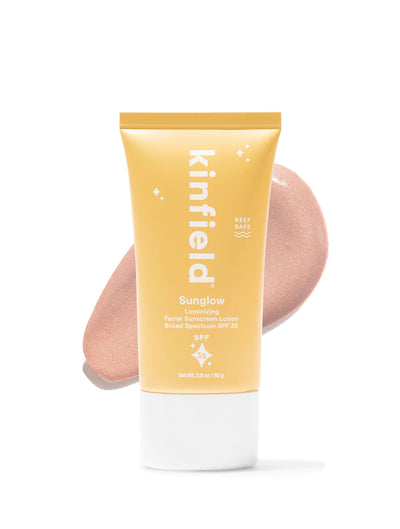The Science of LED Therapy: Why Light Heals Skin from Within

Light has always had biological influence. Long before it entered skincare NASA actually studied how specific wavelengths could accelerate tissue repair in environments where healing slows. Those studies revealed that light energy can be absorbed by cells and converted into usable energy, improving how they function and recover.
Red and near-infrared wavelengths are the most studied for this purpose. They stimulate mitochondrial activity, increase ATP production, and encourage a more efficient repair process. Essentially, these wavelengths work at the cellular level, increasing the skin’s natural energy output. With more available energy, cells communicate better, repair faster, and create stronger, healthier structures like collagen and elastin in a more youthful manner. In addition, LED also promotes better lymphatic drainage and microcirculation, which accelerates removal of pro-inflammatory byproducts and supports visible calm.
With consistent exposure, the skin begins to perform better; circulation improves, inflammation decreases, and collagen synthesis strengthens the underlying structure. LED therapy doesn’t rely on exfoliation or controlled damage- it supports processes that already exist within the skin, allowing repair and regeneration to happen in a healthier, more sustainable way.
Why Design and Delivery Matter
The Omnilux Contour Face uses clinically validated wavelengths of 633 nm red and 830 nm near-infrared light delivered through a flexible, medical-grade mask that conforms closely to the skin for consistent exposure. When used regularly, it improves tone, texture, and firmness without compromising the barrier or triggering irritation.
In one clinical trial using the same dual-wavelength system, after nine treatments across twelve weeks, about 52 percent of participants showed a 25-50 percent improvement in visible photoaging, and 81 percent reported noticeable wrinkle reduction.
The energy dose matters as much as wavelength. Low-level light therapy follows a biphasic response meaning optimal results come from the right dose, not the highest intensity. That’s why Omnilux and other credible LED manufacturers create time-specific protocols rather than open-ended exposure.
Equally important is proximity. Light energy must be absorbed by chromophores within the skin to create change. Once light leaves the diode, it scatters; even a few millimeters of distance can significantly reduce delivered energy. A 5 mm gap may decrease irradiance by more than 50 percent, depending on LED design. Professional panels can compensate with higher power, but wearable home devices like Omnilux rely on direct, uniform contact for consistent results.

There's a really a big difference between diffusion and precision, which is also why I hover over my daughter when she’s wiggling with the mask on her scraped knee to make sure it stays as close to the skin as possible- despite us using a professional panel.
Another important piece of the puzzle is that LED therapy works cumulatively. Each session gives skin cells a controlled dose of energy that nudges them into a more efficient metabolic state- but those changes are temporary if not reinforced. Mitochondrial stimulation increases energy production for roughly 24–48 hours after exposure. If light isn’t reapplied within that window, cells return to baseline activity levels. But with repeated, regular sessions, these temporary boosts start to layer and lead to sustained improvements in collagen formation, circulation and inflammatory control.
Think of it sort of like strength training for your skin’s energy systems: a single workout won’t change muscle tone, but steady repetition builds endurance and resilience over time. But then if you skip too many sessions that progress tapers.
That’s why clinical studies showing the best outcomes typically use 3 sessions per week for 4–6 weeks, followed by maintenance once or twice weekly.
Those who know how I approach skin won’t be surprised that I’m such a fan of LED therapy. It’s one of the few technologies that truly complements a barrier-first philosophy, working with the skin instead of against it. Rather than chasing dramatic, short-lived change by beating the skin into submission, it helps the skin do what it already knows how to do: repair, strengthen and maintain balance.
Need more help? Join the community for expert advice and robust community support!
About the Author:

Dru Pattan is a Licensed Esthetician with a background in cosmetic chemistry, specializing in acne and compromised skin through a barrier first approach. Her philosophy centers on supporting the skin’s natural function rather than forcing it into submission, focusing on long term health over quick fixes.
Her own journey with severe cystic acne sparked her career and remains her most challenging case to date. This personal experience, combined with over a decade in practice, drives her commitment to understanding the science of skin on a deeper level. She has pursued advanced education relentlessly, refining her methods through continual study and practical application.
In addition to her clinical work, Dru is a contributing writer for Dermascope magazine and an advocate for elevating education within the esthetics community. Whether working with clients or mentoring professionals, her goal is to bring clarity, science, and compassion to an industry often clouded by misinformation.





Leave a comment